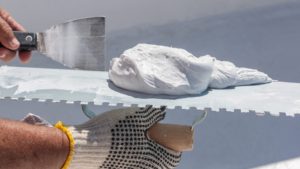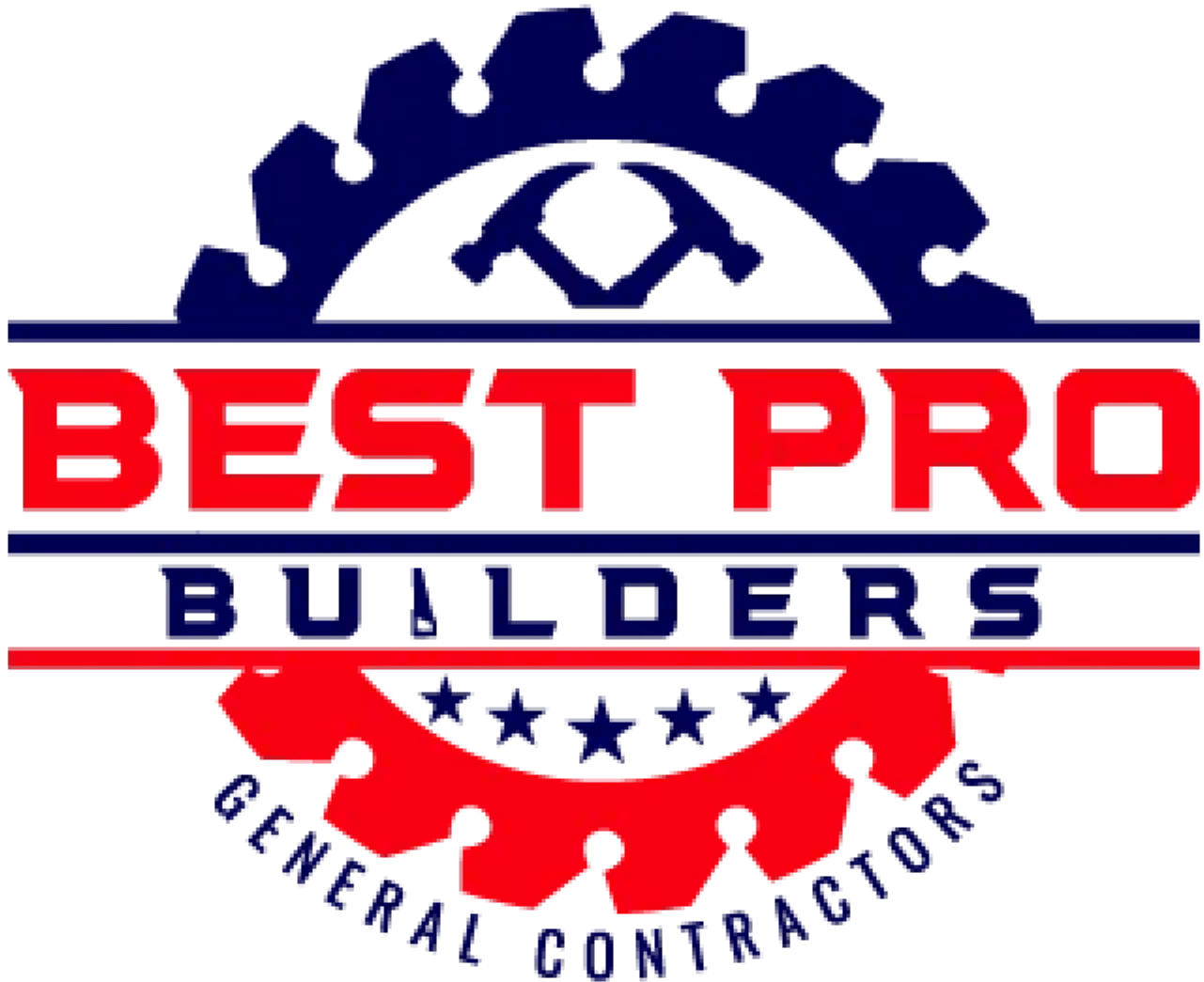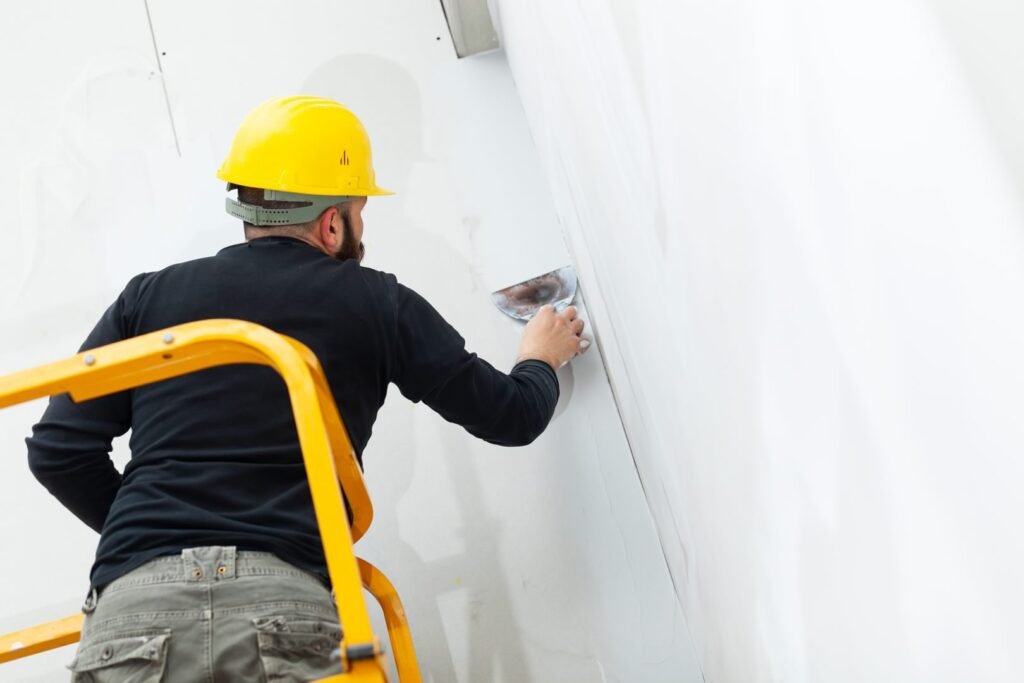Plastering is common in home renovations and construction. Of course, doing it the right way is crucial. If you are in doubt about your ability to plaster properly, calling the BEST PRO BUILDERS can alleviate those concerns.
If you plan on taking on the task yourself, it cannot be understated how important it is to do the job the right way.
Here is what good plaster should look like and why doing it the right way is so crucial.
Lack of Preparation
One of the simplest mistakes that DIYers make when plastering is a lack of preparation.
Preparation comes in two forms: preparing the surface that is about to be plastered and preparing the plaster itself.
Ensuring proper depth on masonry joints is important because the plaster will not go on evenly or adhere properly.
Conversely, if you apply plaster to a surface that has paint, oil, or dirt on it, then the plaster will not adhere properly. You can see chipping, cracking, and crumbling in various spots.
On the other side of that coin, the plaster must be properly mixed. There are some pre-mixed options out there to make life easier on you, though they can be a lot more costly than the mixable types.
Should you choose to mix your own plaster, do not ignore the instructions. Don’t skip a step because it will result in a plaster quality that is vastly different from the manufacturer’s.
What Happens if You Don’t Plaster Properly?
There are several defects that can occur when you don’t do a great job plastering. All of these can lead not only to aesthetic issues but potential structural issues.
Here are some of the most prominent issues to be concerned with.
Cracking Throughout
 The most common issue with a bad plastering job is cracking.
The most common issue with a bad plastering job is cracking.
Cracks can either be an imperfection or potential structural defect.
While it might not be a big deal to deal with aesthetic cracks, it takes away from the overall quality of the job.
Cracking can also further exacerbate other issues. If there is consistent cracking throughout the surface, there is the potential for flaking, blistering, and more.
Blistering on the Surface
Should you see small patches that begin to swell up, these are known as blisters.
If the old surface that is being plastered hasn’t been adequately prepared, blistering can happen.
The blistering can be slight or pronounced but creates imperfections in the wall that lead to other potential issues.
Peeling or Flaking
Another prominent issue with a bad plastering job involves flaking or peeling. You will see similar issues in poor paint jobs.
Flaking and peeling are also the results of a lack of preparation for the surface that is being plastered.
Any prevalence of dirt, dust, oil, or paint will make it that much more difficult for the plaster to adhere. While it is possible for the plaster to look fine, it may be a matter of time before surface issues begin appearing.
 Final Thoughts
Final Thoughts
You don’t necessarily have to be a professional like the BEST PRO BUILDERS to do a quality job plastering.
Of course, the more you know, the better you will do.
Going into the process as prepared as you possibly can give you a head start.
Ensuring that you have plastered properly can have an impact on the job as a whole.
Make sure that you take the necessary steps to not only use good plaster but to apply it correctly as well.

